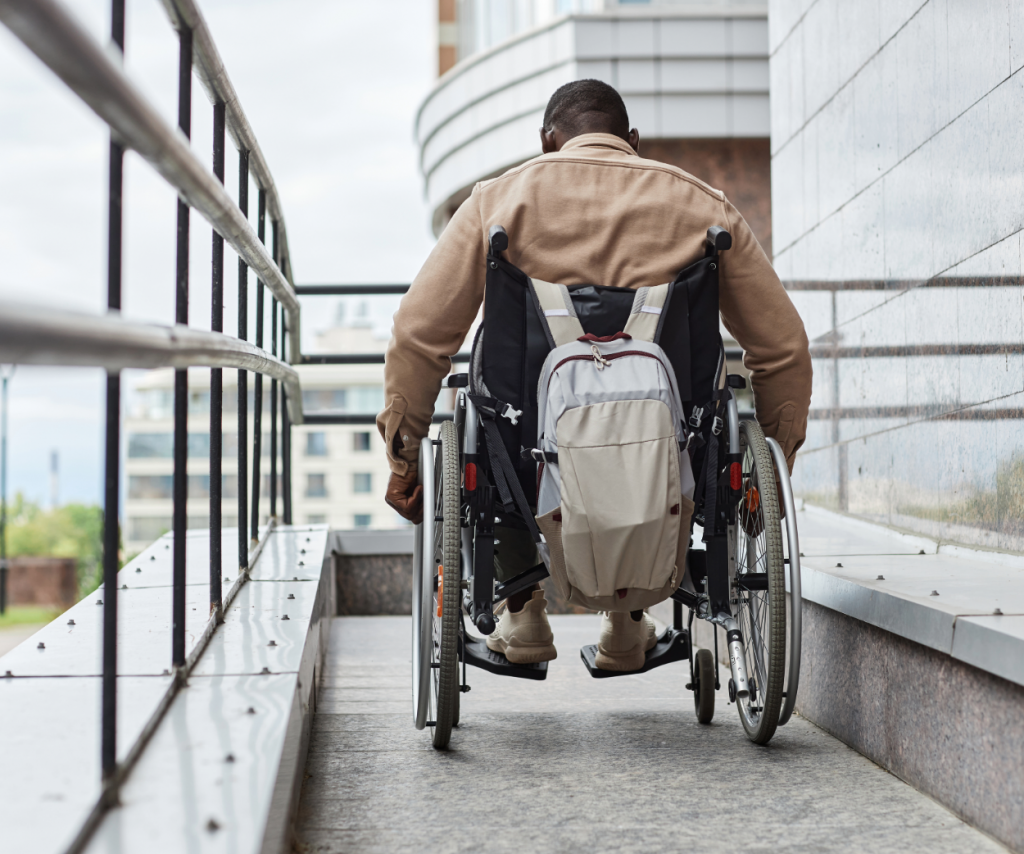Taking the Confusion Out of Prior Authorization
Helping you understand when Prior Authorization and other documentation are required for new equipment or repairs
Ready for a new wheelchair or need a repair to your mobility equipment? Navigating prior authorization requirements with your health insurance carrier can be one of the most confusing parts of the process.
At National Seating & Mobility (NSM), we understand the challenges and we want to help make the process a little less frustrating. In this article, we’ll help you understand prior authorization, the documentation requirements that are part of the new equipment or repair process and share helpful tips to make the process as smooth as possible.
What Is Prior Authorization?
Prior authorization is basically asking your health insurance carrier or plan to agree to pay for new equipment or a repair to your existing equipment BEFORE anything is ordered. Be aware that some insurance carriers may not require prior authorization in some cases, so it’s important to learn what your health insurance carrier requires.
The prior authorization process involves several steps and types of documentation, including:
- A prescription for CRT equipment,
- A seating evaluation to determine the best CRT equipment for your needs,
- An equipment estimate that details the cost of the equipment you need, and
- A Letter of Medical Necessity is a document that explains why specific medical equipment is essential for your health and well-being.
Once you submit the required documentation to your health insurance carrier, they will review it and either approve or deny the request based on their specific guidelines for coverage.
Detailing the Prior Authorization Process for New CRT Equipment
Requirement 1: Prescription for CRT Equipment
What It Is: A prescription from your physician stating that you need to be evaluated for a mobility device. You must have a prescription in order to set up a seating evaluation or request a repair. Most health plans require an in-person appointment with your physician that is focused on your mobility needs.
Who’s Responsible: Your doctor
Requirement 2: Seating Evaluation
What It Is: An assessment performed by a physical or occupational therapist or physiatrist and an Assistive Technology Professional (ATP) to evaluate your physical and functional needs to help determine the best mobility solutions for your needs and lifestyle.
Who’s Responsible: Your therapists (physical or occupational) or physiatrist and ATP
Requirement 3: Equipment Quote
What It Is: After your seating evaluation, your CRT equipment supplier will create a detailed list of the recommended equipment and their associated costs.
Who’s Responsible: Your CRT supplier
Requirement 4: Letter of Medical Necessity (LMN)
What It Is: A formal letter or document that justifies your need for the prescribed mobility equipment, explaining how it addresses your specific condition, diagnosis and functional limitations. This is completed after your seating evaluation.
Who’s Responsible: Your physical or occupational therapist or physiatrist
Once the required information has been collected, it will be submitted to your insurance carrier for funding review and approval. Documents usually cannot be submitted independently, so know what your insurance provider requires and keep track of any missing documentation so you can follow up with the appropriate person.
What About Repairs?
When it comes to repairs, many insurance carriers or health plans also require prior authorization before ordering parts to fix the problem. Other documentation requirements that health insurance carriers commonly require for repairs include:
- An updated prescription or Statement of Continued Medical Necessity,
- A repair assessment conducted by your wheelchair supplier,
- A repair estimate, and
- Proof of Original Purchase.
How You Can Help
Prior authorization is a team effort! In most cases, your CRT supplier will collect and submit the required documentation to your insurance carrier, but your CRT supplier needs your help to ensure the process runs smoothly. Seek to understand your health insurance carrier’s prior authorization requirements and find ways to support the process. Here are a few ideas of how you can help.
- Keep copies of all documentation for your own records.
- Understand your insurance carrier’s prior authorization requirements for new equipment and repairs so you can anticipate documentation needs.
- Know who to reach out to if a requirement is missing. Stay in contact with your funding specialist so you can quickly follow up on any missing items.
- Be proactive. Request that your doctor, health care provider or therapists send information to your wheelchair provider as quickly as possible. As the insured person, follow up with your health insurance carrier once prior authorization has been submitted and ask that the decision be expedited.
- Be prepared. Communicate with your wheelchair provider quickly if there are any updates or changes to your coverage. If you change insurance carriers during the process, understand that all of your information will have to be gathered and resubmitted to your new health insurance carrier, slowing down the process of getting new equipment or a repair.
Have more questions about NSM’s service and repair process?
Find the answers in our helpful FAQ.
Take Action
Legislation aimed at removing or limiting prior authorization requirements for certain repairs is currently under consideration in several states. If passed, these reforms could significantly shorten the timeline for completing necessary repairs—often cutting delays from one to four weeks, depending on the insurance provider and their policies—ensuring CRT users maintain their independence and quality of life.
- Follow advocacy organizations like NCART, iNRRTS, AAHomecare and other advocates to stay up-to-date about ongoing efforts and learn what is happening in your state.
- Contact your state, local and federal lawmakers to share your story. This resource can help.
More Stories
Related Articles
5 Things to Know as You Start the New CRT Equipment Process
When it’s time to get new complex rehabilitation technology (CRT) equipment, the process can feel overwhelming. Even if you’ve been through the experience before, it’s…
National Seating & Mobility Takes the Hassle Out of Managing Medical Supplies
We work with your insurance, healthcare providers and top manufacturers to keep your supplies coming — seamlessly. For caregivers and those who rely on home…
Did You Know: Temporary Wheelchair Replacement Coverage
Did You Know: Most commercial insurance carriers don’t cover loaner equipment for CRT users? It’s common to expect a loaner or rental car coverage when…


